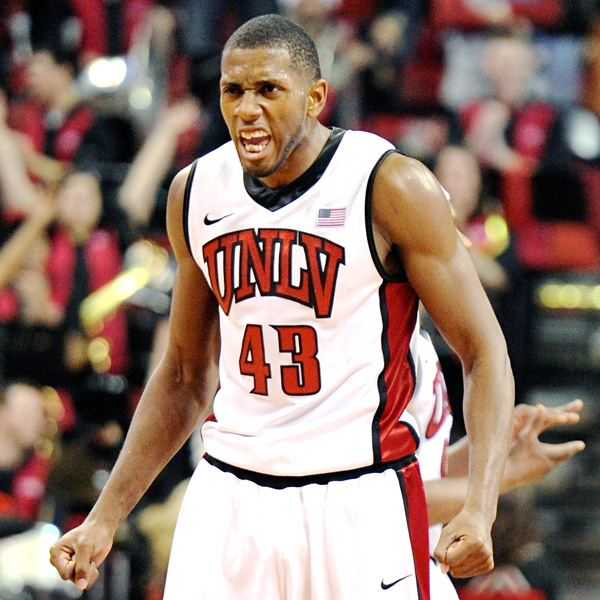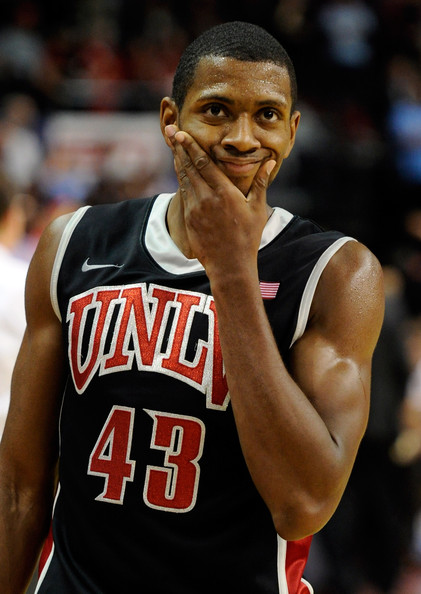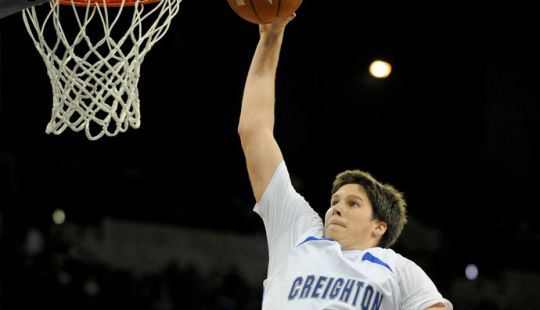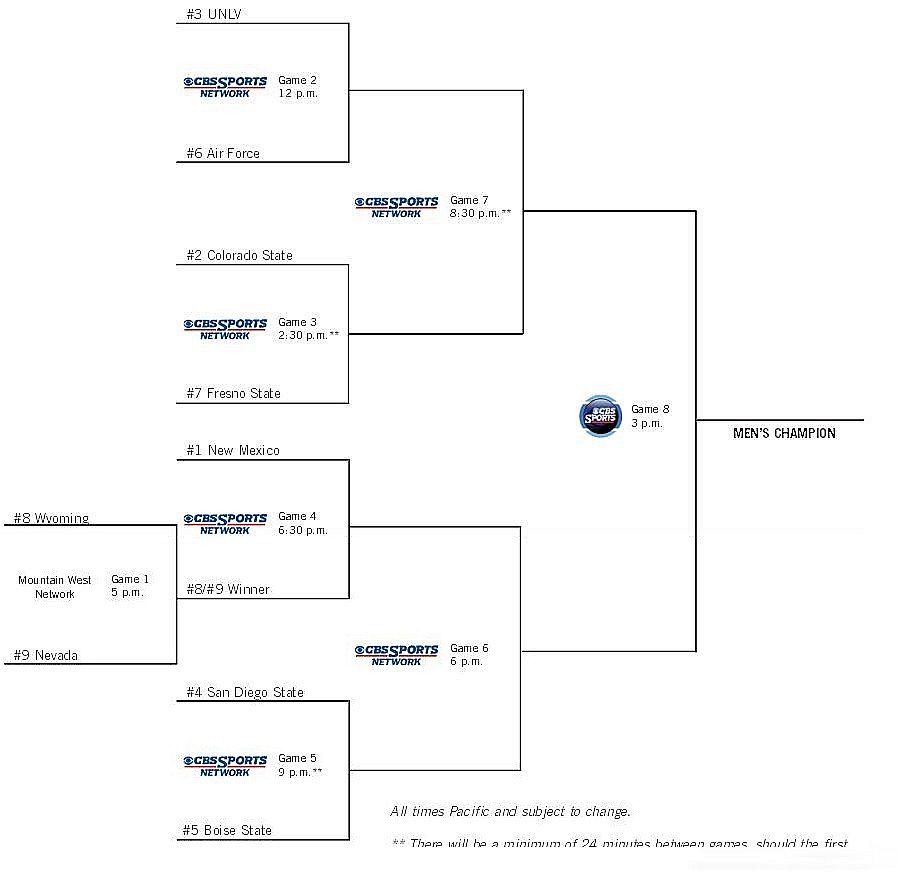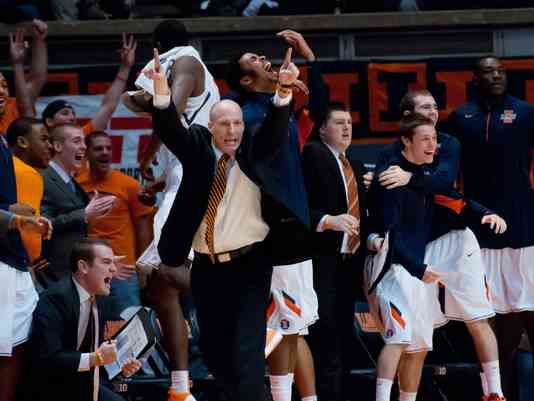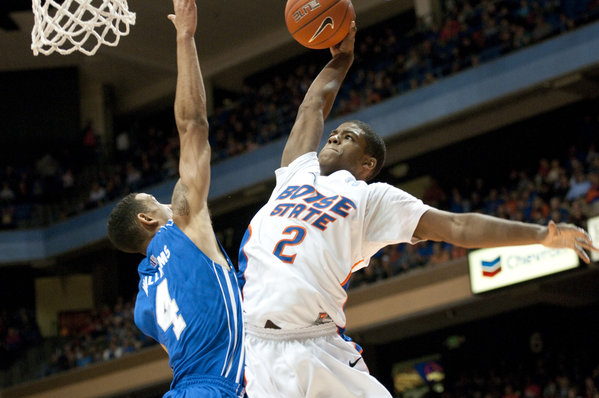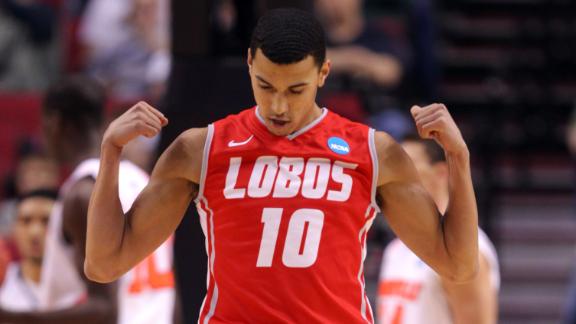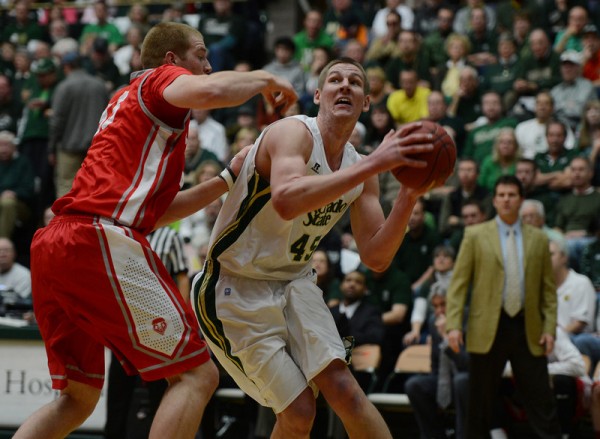Another Important Transfer Pick Up For Oregon: Can Mike Moser Re-Emerge In Eugene?
Posted by Chris Johnson on May 9th, 2013Chris Johnson is an RTC Columnist. He can be reached @ChrisDJohnsonn.
The transfer market didn’t betray the Oregon Ducks last season, so they gave it another shot this week. They went after coveted former UNLV forward Mike Moser, who instantly became one of the hottest transfer pieces on the market this offseason following his release from the Rebels. Moser could play right away thanks to the graduate transfer exemption, and he could have chosen any number of teams — who wouldn’t want to add an athletic and imposing 6’8” power forward to bolster their frontcourt? Washington, Oregon and Gonzaga had emerged as Moser’s most likely landing spots in recent weeks, and on Tuesday, Moser finally settled on his home state school.
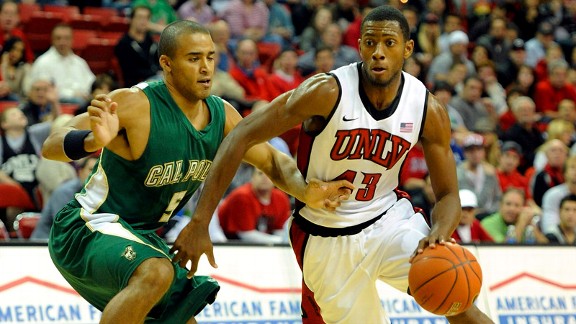
Adding Moser is not an unfamiliar move for the Ducks, who have liberally welcomed transfers in the past (Getty Images).
The Portland native instantly raises Oregon’s chances of competing in a winnable Pac-12. That is the most conspicuously plain reaction to Moser’s news, and it’s probably right. Moser makes Oregon better. Elucidating the scope of that description – how much better? – requires a quick revisiting of Moser’s two-year career to date. In 2011-12, Moser was an absolute force. He played 77.1 percent of the available minutes, posted a top-10 defensive rebounding rate, a top-100 steal percentage, and showed promise on the offensive end. Moser’s athletic skills and instinctual defensive and rebounding work made him an obvious All-America candidate heading into last season. He was big and athletic and skilled, and just beginning to scratch the surface of his immense potential – Moser seemed like one of safest bargains on the table. Not only would he shine individually, Moser would power a talented UNLV group, built on the back of a highly-ranked freshman class that included likely lottery pick Anthony Bennett, to an easy MW title. Moser’s monster season was pre-scripted. He was a virtual lock for stardom.






























